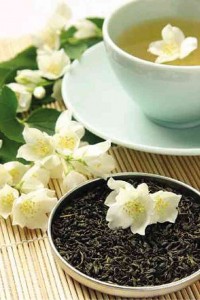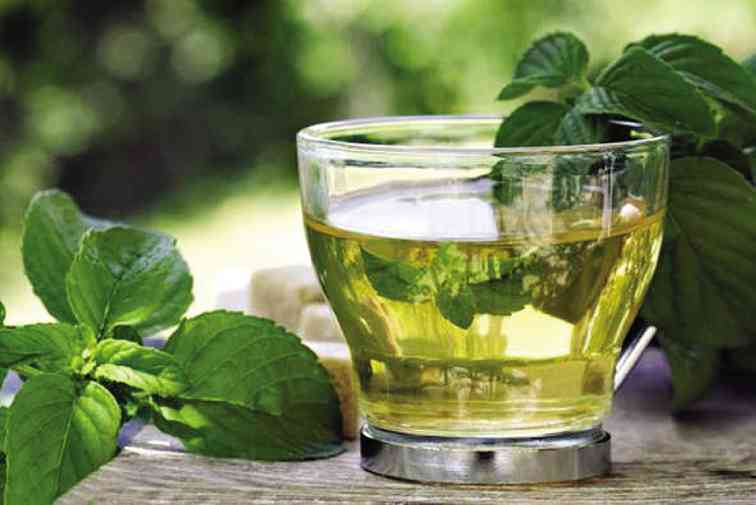 For thousands of years, tea has been regarded as a key to good health, tranquility, and even wisdom. It’s more than just a drink that goes well with jam and bread.
For thousands of years, tea has been regarded as a key to good health, tranquility, and even wisdom. It’s more than just a drink that goes well with jam and bread.
As the second most consumed beverage on earth after water, tea is deeply embedded in Eastern culture. In China and Japan, drinking tea has been a way of life since ancient times.
Today, tea is enjoyed in a variety of ways, most of which appeal to the younger set. Several tea shops have sprung up in recent years, offering a myriad of flavors and variants. Hot or cold, plain or with luscious concoctions, tea is enjoyed in more ways than one, all year round.
In the spaholic world, tea is a staple drink primarily because of its health and therapeutic benefits. It is usually offered hot or cold after a relaxing massage to rid the body of any accumulated materials in the muscles left during the massage session.

A massage can be dehydrating after the muscles have been moved around. Drinking tea or water can also reduce pain or soreness in the days following a massage.
Aromatic brews
Some spas serve different kinds of tea. But what exactly is brewing in those dainty teacups? Here is a quick guide to familiarize you with those aromatic brews, and see which one fits you to a T.
Chamomile grows natively through Europe and Asia, and has been introduced in North America and Australia. It is an annual flowering plant related to the sunflower family.
Chamomile tea and herbal extracts are widely used to soothe troubled stomachs, and as a gentle sleep aid.
Jasmine is a type of scented tea which absorbs its aroma from jasmine blossoms. Most jasmine tea is made from green tea, and is a powerful antioxidant that helps protect the body against damage and free radicals. It also calms the nerves, reduces fat and cholesterol absorption, and helps prevent cancer.
Peppermint has antibacterial, antimicrobial and antiseptic properties. Just the aroma of peppermint tea can help relieve symptoms of colds and headaches, which is why it is also a popular ingredient in aromatherapy. It is likewise a muscle relaxant and helps relieve stress.
Lemongrass grows largely in Asia, and its health benefits have made it extremely popular in the Western hemisphere. Lemongrass tea is ideal for those suffering from insomnia, as it induces relaxation and promotes sleep. It also aids in digesting food, and acts as a natural diuretic that keeps kidneys and bladders working properly.
Lavender is Mediterranean in nature. Lavender tea is highly recommended to relieve stress and headaches. It also releases essential oils that may help relieve migraine. It likewise helps address intestinal disorders and indigestion, and relieves sleep disorders.
These are just some of the most popular teas served in spas. You may ask your therapist for the kinds of tea they offer, and make sure you take your time sipping it in their relaxation room after your massage.













































